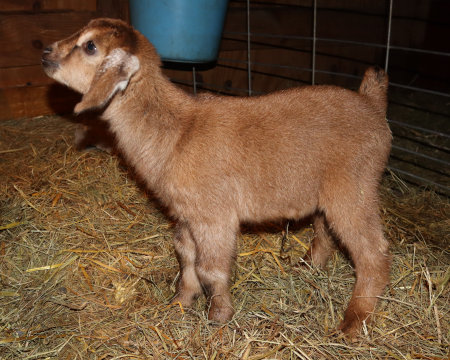Rainfall
- 2nd: 0.1"
- 3rd: 0.55"
- 10th: 0.05"
- 12th: 1.125"
- 17th: 0.65"
- 22nd: 0.3"
- 25th: 0.2"
- 27th: 1.1"
- Total: 4.075 inches
- range of nighttime lows: 26 to 58°F (-3 to 14°C)
- range of daytime highs: 37 to 82°F (3 to 28°C)
March didn't do the lion-lamb thing this year. February's late mild temperatures continued into the first week of March, then the cold returned. This last week has been more spring-like and very welcome.
One observation I wanted to notate, was a small isolated pocket of frost on March 11th. I found it at the base of the hugelkultur, on the southwest edge. Mapping the microclimates on one's property is one of the tools of permaculture. For example, our garden is protected and warmer than other places on the property. But I haven't been very tuned into the subtleties of microclimate on our place, so this tiny pocket of frost was a curiosity.
Garden Projects
Aisle mulching and soil prep continue in anticipation of spring planting next month. Every year about this time, I tell myself that next fall, I'm going to get all of my garden beds tucked in with a thick mulch of dried leaves. Then fall comes and I make a start. And then it rains and gets cold, and I lose enthusiasm for outdoor projects and don't finish getting everything mulched. So, when warm days present themselves, the weeds all jump into action and take advantage of the bare soil. Then I have to de-weed them before I can plant. You'd think I'd learn.

|
|
By March, the bare soil garden beds are covered with weeds, but the mulched beds grow very few. |

|
| Dan started a base layer of rotted wood. |

|
| Our first hugelkultur is that mound in the background. |
Growing

|
| First asparagus! |
Blooming

|
| Apple tree |

|
| Cherry tree |

|
| Pear tree |

|
| Strawberries |
Eating
We're not getting much from the garden, so it's mostly food from the pantry.

|
| I canned potatoes last year. They make quick and tasty hash browns. |

|
|
1st salad of the year: chickweed, wild lettuce, dandelion and collard
greens, hard-boiled egg, goat feta cheese, and my oil-preserved cherry tomatoes. |
You may recall that the oil-preserved cherry tomatoes were an experiment from Preserving Food Without Freezing or Canning.

|
|
Cherry tomatoes preserved in olive oil & vinegar. I made these last September. Follow the link for the recipe. |
The jars sat in my pantry all winter, but with no winter garden and no winter greens, I kinda forgot about them until I made our first salad of the year. They are preserved in olive oil and vinegar, which makes a handy instant flavored salad dressing. I forgot to take a before photo, but here's what the jar looks like after eating some.

|
| The tomatoes wilted somewhat, I think due to the salt. |
It was a lovely addition to our salad! I will definitely make more than two pints next fall and work them into our winter diet with or without salads.
Next month will be planting month, and I'm really looking forward to that. Anybody else?












































